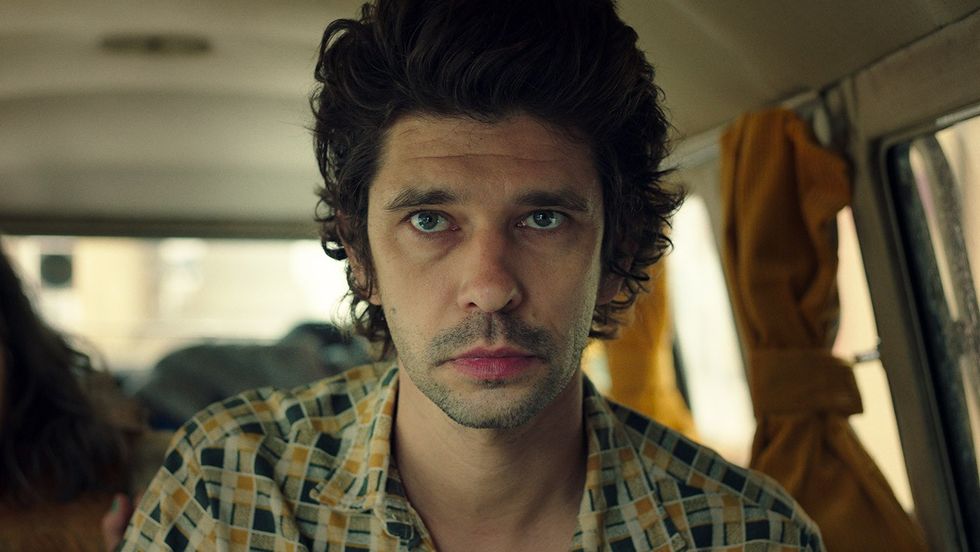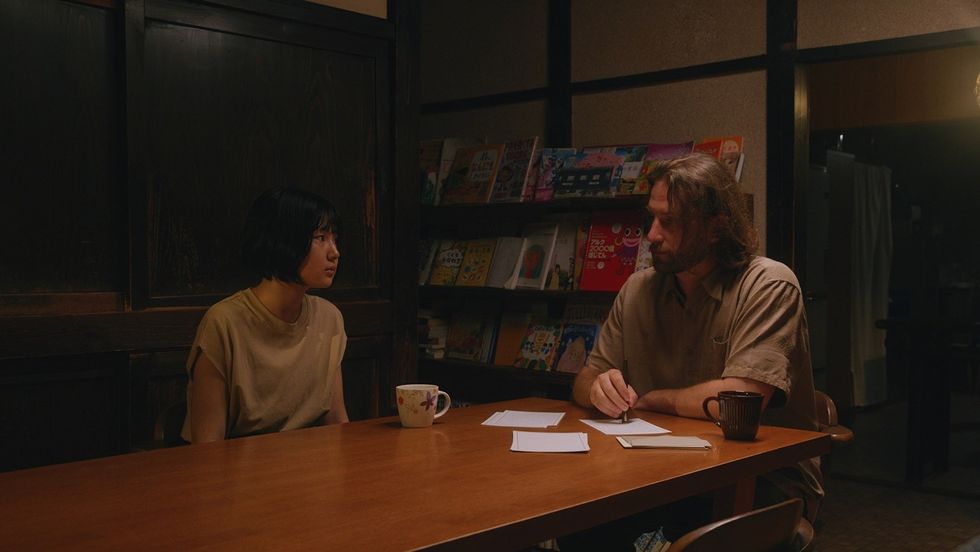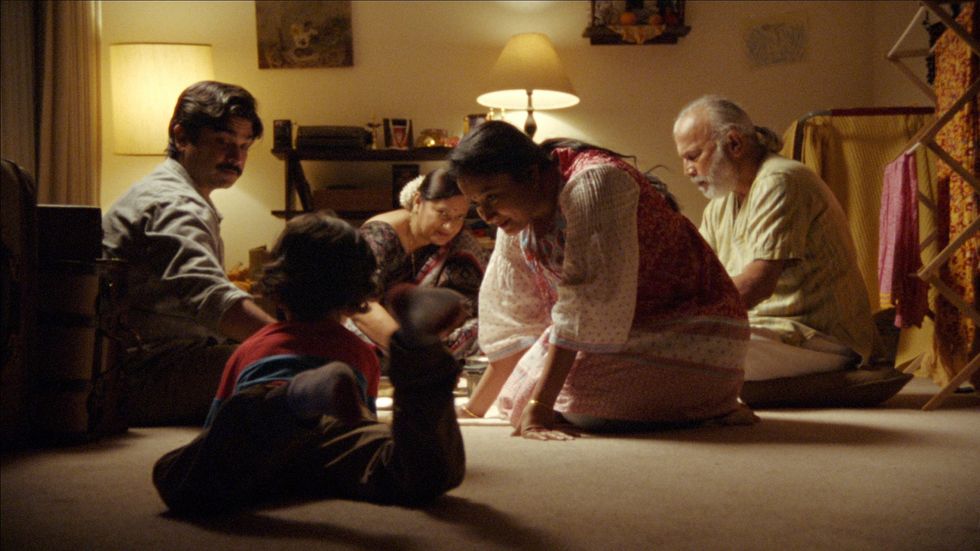Keys to Film Financing: Keep Creativity in Your Heart, but Dollar Signs in Your Eyes
Part One

Our team here atBuffalo 8 Productions and BondIt will be releasing a five part film financing series over the course of the next few months. Stay tuned for articles on packaging (talent and finance), capital structuring (equity, debt, fundraising), producing within a framework (budgetary production oversight) and sales (ROI and waterfall specifics).
Great film stories range in their scope -- some are contained (Reservoir Dogs) while others are expansive (Saving Private Ryan) but at their core a great film story’s execution is, above all else, self-aware -- self-aware in the sense that the writer, director and producer are on the same page about the creative necessities and the economic realities by which they are bound.
As writers (whether first time or Academy Award winning) the ability to tell self-aware stories is essential. Finding the balance between the economics and the creative elements have become the new necessity for writers in the post-meltdown era entertainment business. When embarking upon a new project, the most crucial elements can be boiled down to three key considerations: development, casting, and sales and marketing.
By getting your first project made and seen you’ll have more leverage your next time around to tell a bigger story and avoid the pitfalls that early stage writers often find in the development hell that permeates economically challenging films.
Development
In the entertainment business we often hear about projects toiling for years in “development hell”, the proverbial practice of a project never seeming ready for production for one reason or another. Yet, young writers are finding ways to get their work made (with or without sizable budgets) and seen by audiences (with our without big campaigns and producer pushes).
What then is the difference between the projects that end up shelved for years (perhaps forever) and those that seem to find their ways onto the screen? Simplicity in the development. This is a broad statement and perhaps even too simplistic, but the reality of the matter is that the approach to getting a film made is as important as the creative process itself.
Take Whiplash as a perfect example -- a tremendous work that started as a short film and has grown in to a major Oscar contender. Whiplash spent it’s fair share of time in development (growing from a short film at Sundance, to a feature at Sundance, to a major distribution deal). Regardless of the scale of success Whiplash has achieved, the direct approach to understanding the business behind the process enabled this great film to get made.
When thinking about development, one obvious label jumps to mind: expensive. It’s expensive both financially and time wise to develop material beyond a certain point. While many writers will spend countless months, years, perhaps even decades developing a project, there is a simpler way of getting content made and seen.
Bottom line, find a way to tell your story without the heavy involvement of too many other parties (producers, companies, executives, financiers, etc.). By getting your first project made and seen you’ll have more leverage your next time around to tell a bigger story and avoid the pitfalls that early stage writers often find in the development hell that permeates economically challenging films. (Challenging in the sense that they are too expensive overall, too big of a risk for a first time writer, too difficult to get in front of the right decision makers a first time around.)
Filmmakers are not typically pragmatic people -- they are creatives, dreamers and well-wishers, but finding a -- producer with a business background, a colleague outside the entertainment business or an advisor who has survived the maze-like labyrinth of the film business will go a long way.
Casting
Not every project is destined for a theatrical release, period.
Accepting this fact and understanding that casting is often the heaviest (if not always the heaviest) consideration for financing and selling a project. However, to avoid bloating your budget (which is often the case when the above-the-line costs outweigh the economic viability of the project overall), keep it simple and be realistic.
Filmmakers are not typically pragmatic people -- they are creatives, dreamers and well-wishers, but finding a foundation of perspective via a producer with a business background, a colleague outside the entertainment business or an advisor who has survived the maze-like labyrinth of the film business -- will go a long way. This pragmatic voice should be the one nodding towards a realistic expectation to the casting process or considerations facing writers and producers during the early days of a new production.
To reference back to the first sentence here -- not every film is meant for the big screen, and that’s okay to accept in today's environment where 5,000 feature films are being produced annually.
Write and develop each project with a pragmatic approach in mind, recognizing the constraints, strengths and areas of exceptional uniqueness about the project. From there, you’ll be able to locate and excite talent about your project, because it’s refreshing to every now and again (it does happen, honestly) come across a project that isn’t an absolute trainwreck. Having the ability to once again balance the economic considerations with the creative will give promise and potential to the talent and their representation.
Ultimately, the film business boils down to how much a film costs versus how much audiences are willing to pay for it.
Sales and Marketing
Todays environment is exploding with new ways for content to seen and shared. From web-based phenomenon crossing over into TV and film to the cross-blend of high-concept television seemingly taking the place of the great film revival of the late 80s and 90s. As such, develop each project with the intention to take advantage of every possible technological and innovative advancement possible. (Imagine how many more indie films would have exploded in the early 90s had Netflix existed.)
Recognizing that there is potential is crucial, but so is the pragmatic approach discussed above. Sales and marketing campaigns for films are expensive endeavors -- limited theatrical releases cost millions and sales agency fees are growing up to 30% on every sale made.nBe conscience of these changes and note that there are new ways from DIY, to digital sales aggregators, to lower costs sales agents to TBD structures that will continue shaping the way films are made and seen.
Ultimately, the film business boils down to how much a film costs versus how much audiences are willing to pay for it. This mindset should always be intact when developing and writing. An investor is more likely to join a director on a low budget adventure that has potential for recoupment than a big budget dream that signals a lack of understanding of the business (and basic economics).
To summarize, keep these elements in mind throughout the ideation process -- whether directly or by having another counter party help offset the creative necessities.
Matthew Helderman is the founder of Beverly Hills-based Buffalo 8 Productions, a feature film and commercial production and post-production company, as well as BondIt, a speciality entertainment financing platform for media lending opportunities.








































